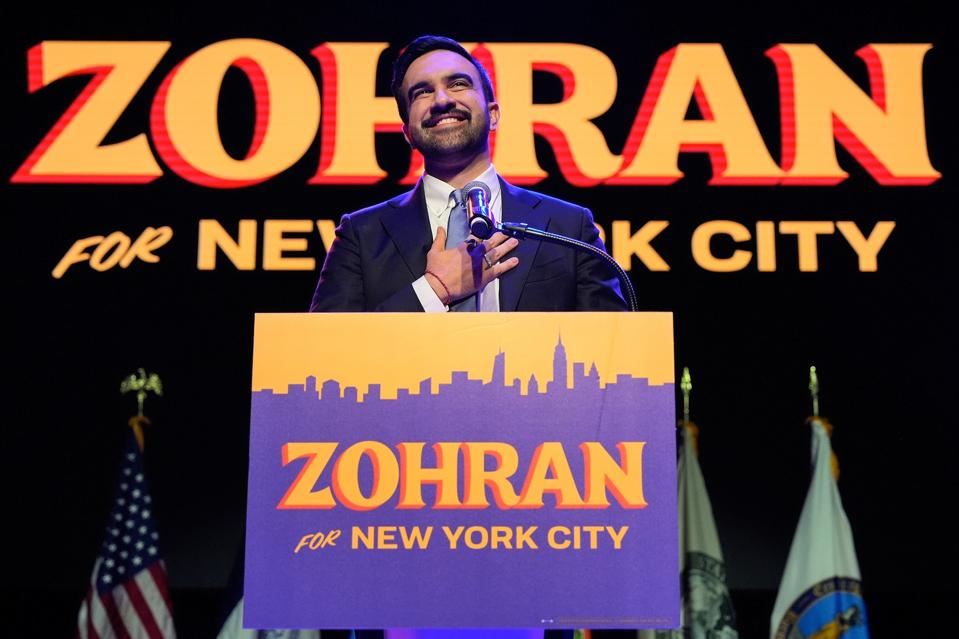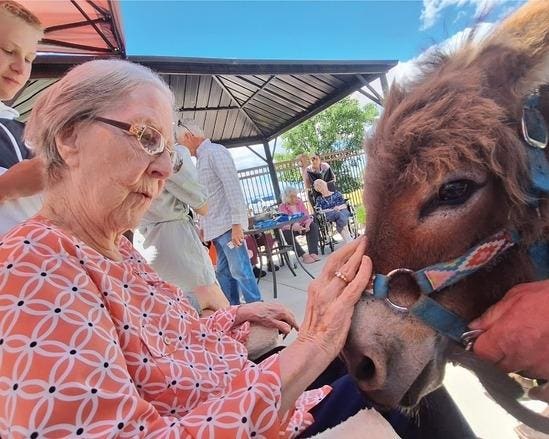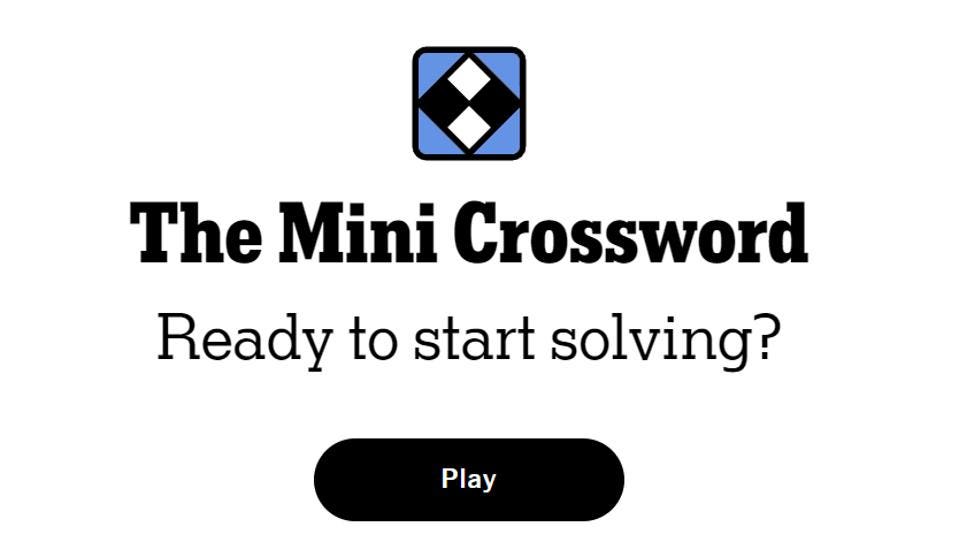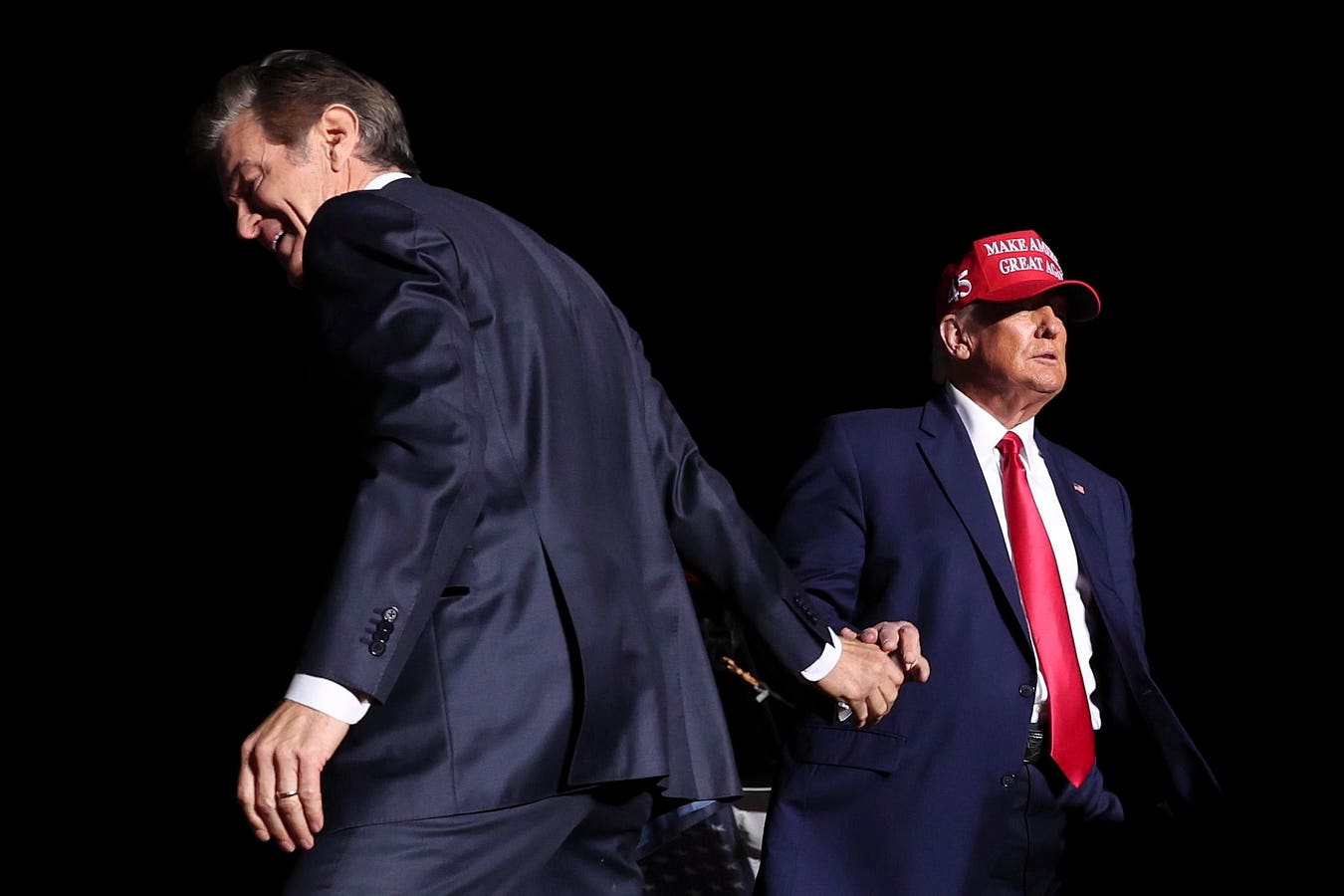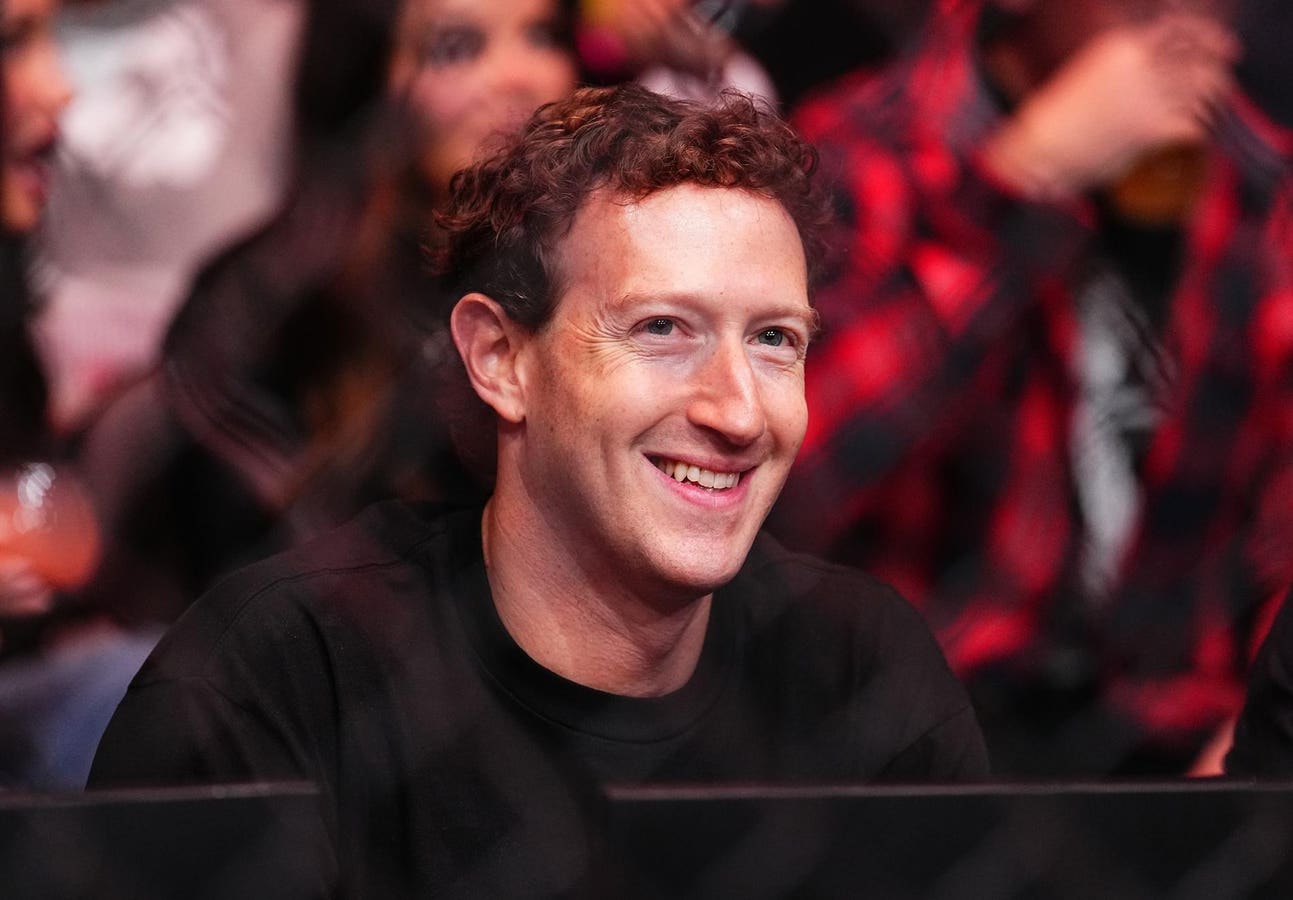Zohran Mamdani
Copyright 2025 The Associated Press. All rights reserved.
The name is Mamdani: M.A.M.D.A.N.I. When Zohran Mamdani corrected Andrew Cuomo for mispronouncing his name at the New York City mayoral debate, it was immediately turned into a viral TikTok sound: remixed with Gwen Stefani’s “Hollaback Girl.” The sound has been featured in user-generated content surpassing 100 million views on TikTok. Remarkably, Mamdani was polling at 1% a year ago, and few New Yorkers recognized him. By the end of the campaign, Zohan Mamdani had mobilized a grassroots movement of 100,000 volunteers and secured 78% of Gen-Z votes on the road to a historic mayoral victory despite a reported $22 million spent by 28 billionaires to stop Zohran Mamdani.
Beyond politics, Zohran Mamdani’s ascent offers three valuable lessons for marketers. It highlights a shift from TV advertising to social-first content, from polished campaigns to direct communication and from centralized control to community-powered movements.
Cultural Symbols
Most political campaigns—like most advertising campaigns—look and feel the same. They blend into the background without being noticed. In contrast, the Zohran Mamdani visual identity is packed full of hope, energy and meaning. The branding tapped into the Von Restorff Effect: when most visuals look the same, people are more likely to remember the one that differs. The same principle is used by brands like Liquid Death, Graza and Duolingo, which have challenged category conventions and attracted new audiences. The visual identity uses colors and cultural symbols imbued with meaning for New Yorkers. The logo draws inspiration from the yellow cabs, MetroCard colors and hand-painted bodega signs. A reflection of the rich multicultural history of New York City.
More importantly, Mamdani’s public persona was consistent with the visual identity. During the campaign, he was repeatedly seen riding the city bus and subway, unlike his main rival, Andrew Cuomo. A reminder that branding only works when consistent with the product and promise. The visual campaign also offered young people a reason to hang out, including do-it-yourself merch parties. It even sparked the “Hot Girls for Zohran” movement, which has over 4 million hashtags on hashtags. In short, the visual campaign helped to make political engagement socially desirable for young New Yorkers.
Brutal Simplicity
Most political campaigns are usually cluttered with a range of messages and jargon. In contrast, Zohran Mamdani’s campaign focused on a single, simple and easy-to-understand message: affordability. Powerful communication requires a deep understanding of the audience, including what they care about and the challenges they’re facing. Instead of attempting to land multiple messages, Zohran Mamdani’s campaign focused on the cost of everyday life and promised to make the city affordable for everyone.
New York City is one of the most expensive cities in the world. Amidst a cost-of-living crisis, Mamdani ran on a promise to freeze rents for 2 million New Yorkers, provide free buses and universal childcare. This is a far cry from standard political messaging, which can feel abstract, nebulous and disconnected from the realities of citizens. Mamdani’s messaging succeeded where Kamala Harris’ presidential campaign didn’t. The Harris campaign included slogans like “We’re not going back” and “When we fight, we win”—often centring the candidate, political party and ideology, not the audience. Like companies that prioritize brand messaging above consumer needs. Brutal simplicity and the single-minded focus on affordability helped Zohran Mamdani connect with a broad coalition of voters. A famous Millward Brown study shows that when an advert carries a single message, it has a 100% chance of being recalled. But the likelihood drops to 65% when two messages are included. In summary, by communicating multiple messages badly, you lose the opportunity to communicate one powerful message effectively.
Grassroots Community Building
In the age of AI, human connection is the ultimate competitive advantage. Despite the savvy use of social media and digital storytelling, Zohran Mamdani’s campaign tapped into Gen-Z’s desire for community. Mamdani actively engaged with different communities from across the five boroughs. He’s been dancing Salsa, performing Tai Chi, talking with taxi drivers, meeting a bodega cat in the Bronx, eating biryani and turning up at a nightclub in Bushwick. Although such moments might be viewed as niche, reaching only a handful of voters at a time, compared to traditional TV adverts. Such moments of human interaction reached millions of people online. Similarly, brands need to look beyond basic reach metrics and focus on communities, fandoms and depth of connection. Because a culturally resonant moment in real life can move millions of people. Whereas a campaign that lacks cultural fluency won’t resonate even when boosted by paid media. In the era of algorithms, resonance beats reach.
If that wasn’t enough, Mamdani’s campaign was multicultural and multilingual. The newly elected mayor of New York was filmed speaking in Arabic, Spanish and Bengali. A clear point of advantage in a city where 37% of residents were born outside the U.S. Mamdani connected with a diverse range of communities—who make New York special—and made them feel seen and heard. Unlike other politicians, Mamdani used social media like a creator to directly communicate with New Yorkers in first person. Therefore, reducing the power distance between him and the people. Gen-Z prefer relatability over authority. In the same way, they prefer character-driven storytelling over a corporate brand message. And like other creators, Mamdani collaborated with well-known social media personalities and conducted street interviews to reach new audiences and build trust. Examples include SubwayTakes, Are You Okay? and The People Gallery. Such an approach requires a level of cultural fluency unachievable in traditional top-down campaigns. At the heart of Zohran Mamdani’s success was community engagement. After all, people trust people more than they trust brands or politicians.


